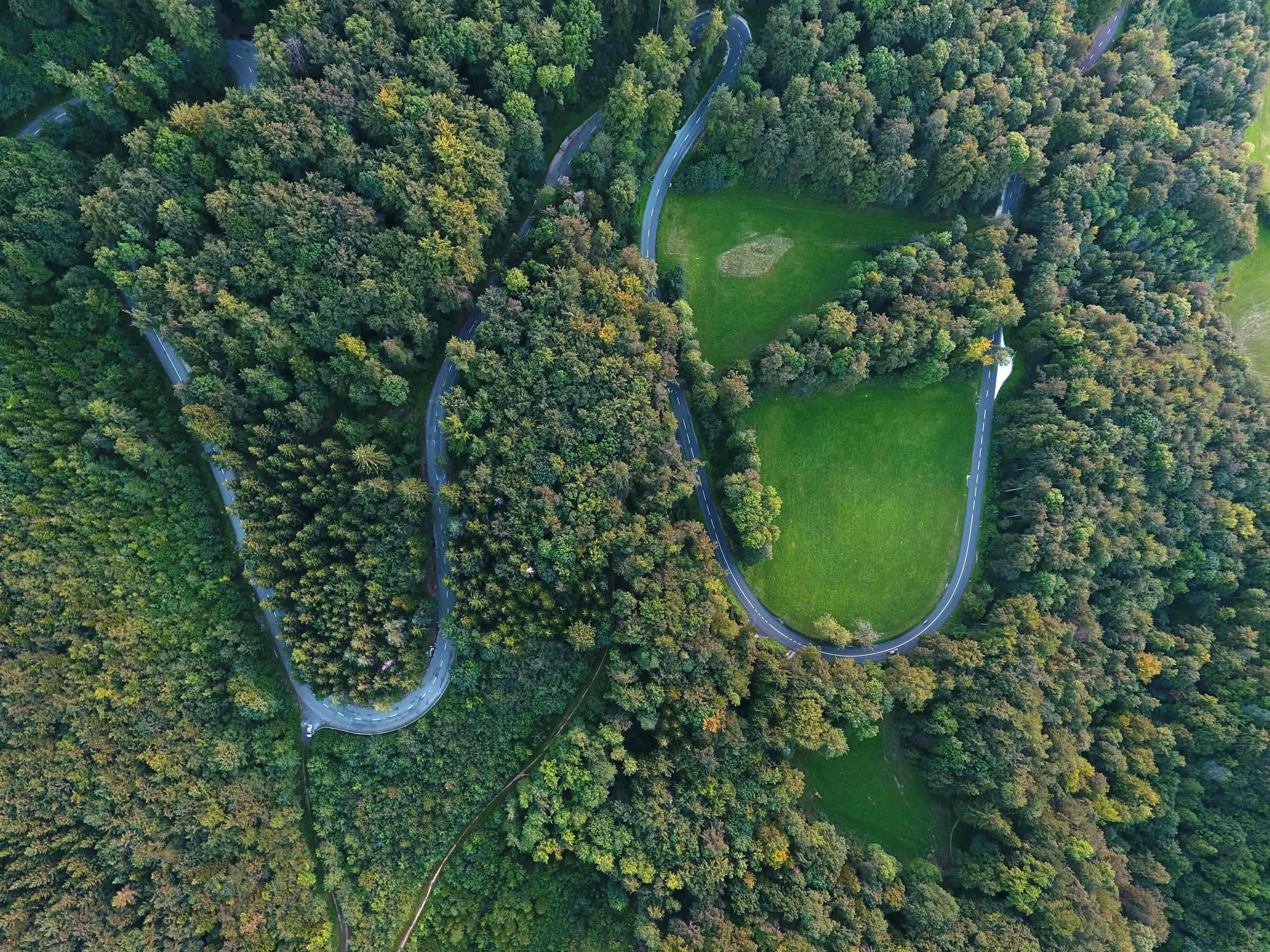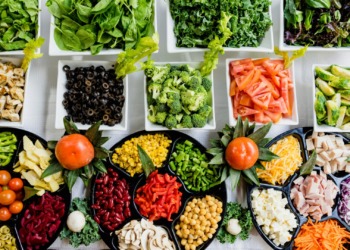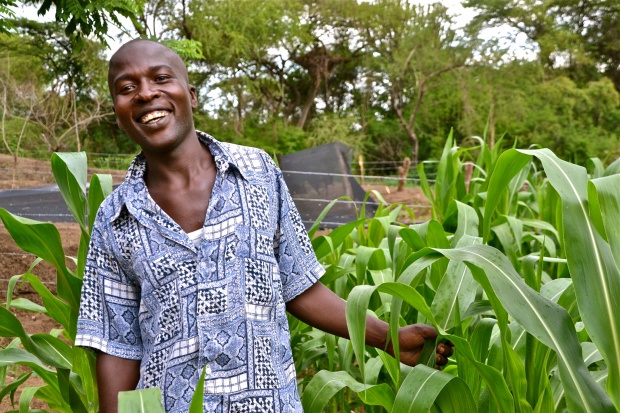Time is of the essence: 3000 days left to transform our communities
Our planet is on a collision course. There is no room for error. We put in place systems and structures to care for the earth and all life on it, or there will be no planet worth inhabiting. It is a huge responsibility and vital in all this is the complete transformation of industrial agriculture and the old system (the first domestication using macro organisms). It is ripe for change, and quite frankly, I am excited by the Second Domestication of Plants and Animals, and with it, the collapse of industrial livestock farming.
We cannot continue with the ‘same old, same old.’ Our finite resources cannot sustain such wasteful practices. Instead, we can synthesize tradition with technology, bringing in the very old and the very new together.
Take Australia as an example. Water in agriculture uses 50-70 percent of all the water consumed in Australia per annum, and currently, more than 80 towns dependent on the Murray-Darling River are at risk of running out of water; this does not make national headlines here, even though it should. A short drive away from the Blue Mountains Australia out west reveals the extent of the ‘big dry’ underway.
The CSIRO and Bureau of Meteorology are now saying that our reduced rainfall during the April to October growing season in South East Australia is due to climate change. The implications of this are profound, including what to grow, how to grow, and in certain instances, not growing at all. Livelihoods, habitat, communities are at stake.
Mulling over some current examples of animal agriculture and the industrial extent of it, 650 million chickens are raised for meat in Australia each year, slaughtered from just five weeks of age. Of these, 85-90 percent are raised intensively. Five million pigs are killed each year for flesh. They all need to be fed, given water, housed, and later, transported for slaughter. Our beef cattle national herd sits at 25 million, our sheep population 75.5 million – though numbers are probably a lot less than this now due to current weather conditions. The same issue repeats itself here – all these animals need water, food – and land has been cleared or altered for them.
Trees make rain, yet land-clearing continues. In Queensland, more than one million hectares have been cleared since 2012. Overall, we’ve cut down nearly 50 percent of our forests in the past 200 years. Our continent is vastly different to how it was before the white occupation. Our continent is a dehydrated one, so deep respect for the importance of trees cannot be overstated.
Globally, there are around one billion cows on the planet. Something is very wrong here.
We have been playing roulette with our world for way too long. A global protein shortage is looming, with it a projected doubling in meat consumption by 2050, despite all the billions of animals raised and slaughtered each year. Currently, over 800 million people do not have regular access to food and a similar number to clean water.
The solution: The Second Domestication of Plants and Animals
If we act quickly and strategically, solutions and remedial actions can be put in place, we hope, to alleviate total collapse. Nobody knows what the tipping point for our planet is, the point of no return, so a little optimism here is required! Enter a ground-breaking report, Rethinking Food and Agriculture 2020-2030 The Second Domestication of Plants and Animals the Disruption of the Cow and the Collapse of Industrial Livestock Farming, by Catherine Stubb and Tony Seba. This ‘sector disruption report’ produced by Rethink X, an independent think tank based in the United States, provides enormous opportunities for our global community to discuss high-impact technology-driven solutions and then decide when and how to apply them.
The Report emphasizes a ‘protein disruption driven by economics’ – the second domestication of plants and animals – where we master the use of micro-organisms. Seba, Founder of RethinkX, a report co-author, says:” This is not one disruption but many in parallel, with each overlapping, reinforcing and accelerating the other.”
Proteins will be cheaper to produce and superior with advances in precision biology, allowing precision fermentation and all manner of micro-organisms programmed to build complex molecules. Fermentation has been around for a long time, but this new level of precision has not. Food-As-Software will result in foods engineered by scientists at a molecular level and then uploaded to databases that can be accessed anywhere in the world, resulting in a localized food production system; ‘molecular cookbooks’ could be another way to describe this process. Food costs will go down; considerable land will be freed up for other uses/rehabilitation/rewilding. Food production will move from the farm and more remote areas to urban areas and fermentation farms in our neighborhoods. Our plant-based meats will become more diverse, and crop farming will change as ingredients drive demand for plant-based meats or as ‘feedstock’ for precision fermentation.
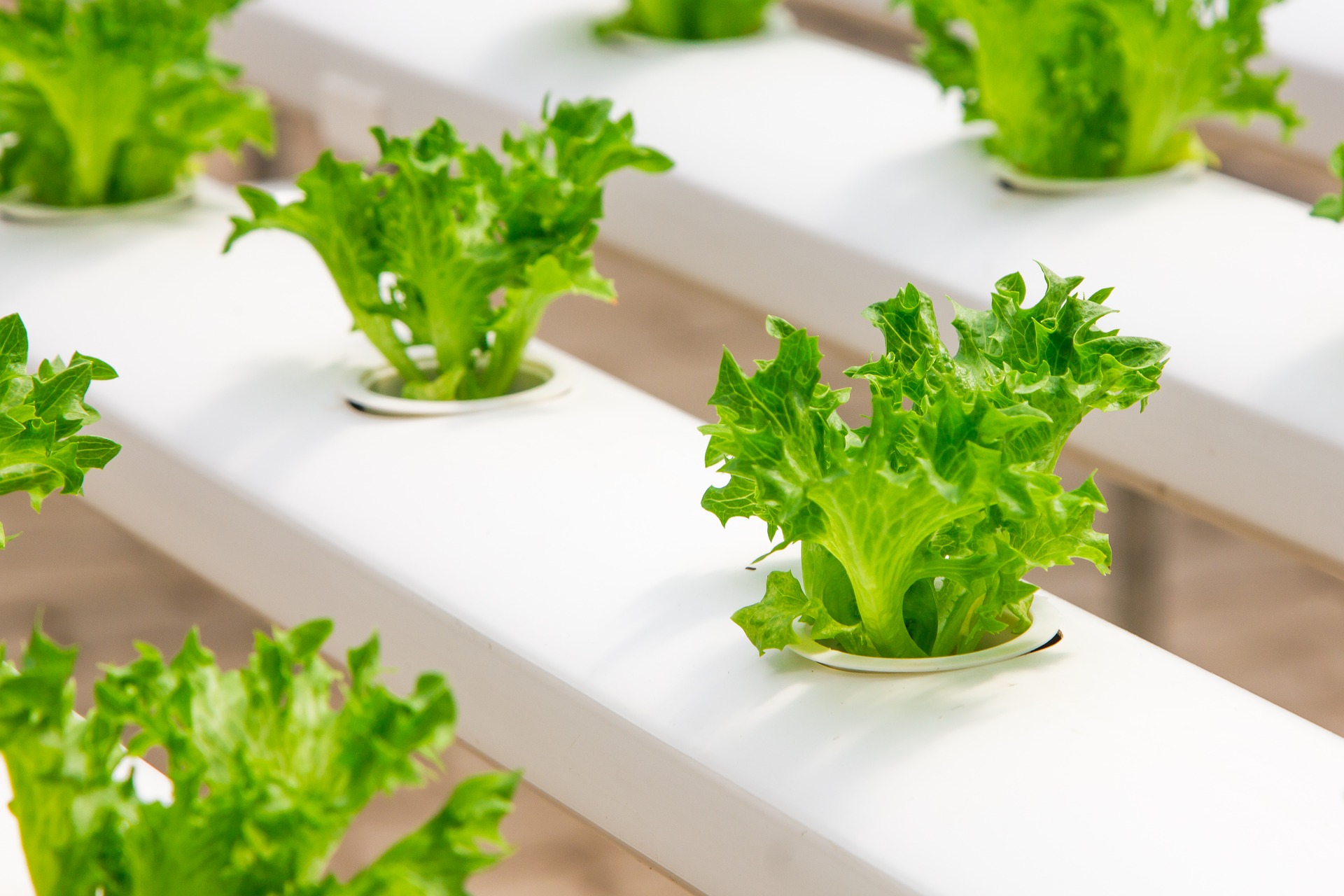
Local indoor vertical farming systems will develop to meet the demand in higher-value plant products. I believe these will ultimately grow a variety of plant foods anywhere in the world, under all manner of conditions and not just confined to predominantly leafy greens and microgreens as at present. Will some varieties of pulses and many vegetables also end up in these systems? Climate change/loss of nature/loss of biodiversity will also dictate the increasing necessity of these systems, primarily as we work to rehabilitate and ‘fix’ landscapes previously used for industrial agriculture in particular, and cope with more extreme weather conditions.
As industrial animal agriculture is disrupting, the remaining demand for meat and milk will be met by artisanal producers, according to Rethink X Report projections. Small-scale producers are also responsible for a diverse range of fruit and vegetables; many have raised ancient animal breeds, saved, and shared seeds for generation upon generation. We need this biodiversity, this knowledge. There is even a suggestion in the Report that policymakers encourage such a shift to artisanal producers because of superior health and environmental benefits, (I hope far more humane animal husbandry as well) while industrial methods pay higher taxes. Small producers grow roughly 70 percent of the world’s food. We need to support them and assist with technological adaptations where necessary, so these artisanal producers/small producers can survive.
“We’ve been too focused on growing things for a global economy at the expense of ecologies, and the reality is that if we use it right, technology can help reverse that”, said Chris Newman, software engineer turned macro-permaculture farmer, when interviewed by Amanda Little for her book, “The Fate of Food”. Newman goes on to say further . . . “the problem has never been technology; it’s been the ethics and values and the motivations behind the use of that technology.” Considering the depth of opportunities presented in Rethinking Food and Agriculture 2020-2030, how do I now attempt to apply these to my community here in the Blue Mountains, Australia?
Blue Mountains City Council has declared a climate emergency. Making plans around food and food security, I propose, is an essential part of this.
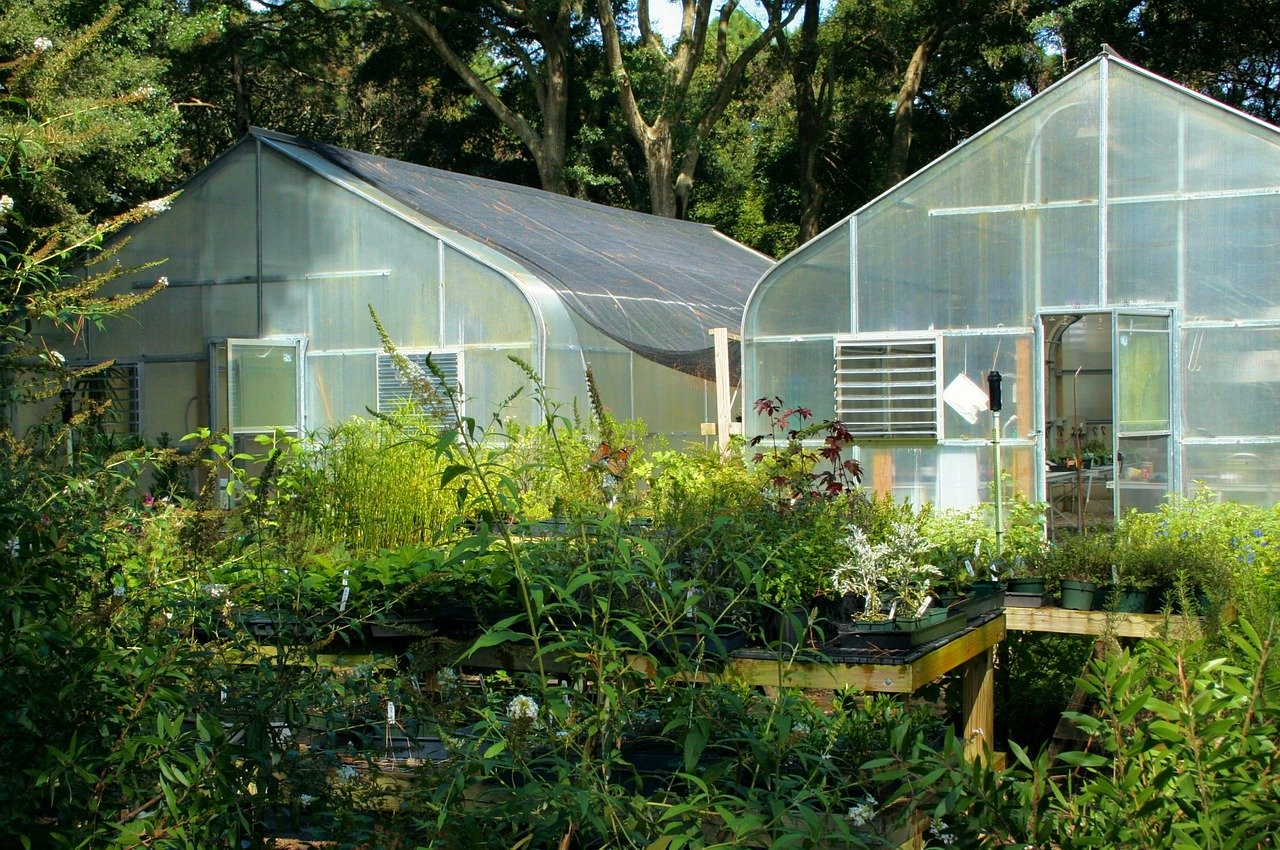
We need to identify locations (including disused buildings) for indoor vertical farming systems so that at the very least, our region becomes food secure in growing leafy green vegetables and microgreens. These foods are highly-perishable and bulky to transport, so ideal for such systems.
Artisanal producers would continue to be supported whether producing within the Blue Mountains or to the East or West of Australia. As we have micro-breweries in our region, will some of these expand to the field of precision fermentation? Confined to the ridges by the physical constraints of the mountains around us, fermentation farms would be a great opportunity and Food-As-Software technology. Will new food production businesses establish here growing cell-based meat, fish, chicken, pork – clean, contaminant-free, non-slaughter, and a perfect fit within our World Heritage environment?
Our 27 villages and towns surrounded by National Park have a considerable variety of cafes and restaurants – small businesses. Some are already interested in and using ‘new era’ plant-based meats, primarily if they can source wholesale as locally as possible. With 1 in 3 Australians now eating alternative meats, this phenomenon cannot be ignored. Demand will continue to grow.
Tourism is a vital part of our local economy. The Blue Mountains attracts annually millions of visitors from around the world. Field-testing cell-based meat in higher-end establishments here using some of our top chefs, and then later as production costs go down throughout the entire food and hospitality sector, including hospitality-focused educational facilities located here, is a great opportunity. It gives the potential for global exposure.
Food innovation and cultural tourism aligned in perfect partnering. A young start-up cell-based meat company, Vow Food, producing the world’s first cell-based kangaroo meat recently, is located near the Blue Mountains in Sydney’s West, being positioned as a science and technology hub – and we are near neighbors. This start-up was recently awarded a $AUD25,000 grant by the New South Wales State Government. In time, will more cell-based meat start-ups position themselves in Sydney’s West to be part of this science and technology hub? Perhaps forward-looking Blue Mountains businesses could find partnering opportunities with some of these.
It is a considerable challenge to discuss and then implement such critical, radical, and necessary changes to ensure the continuation of life on earth literally and invest in the future, the best way forward. However, we urgently need to start the discussion: We have just 3,000 days left.


